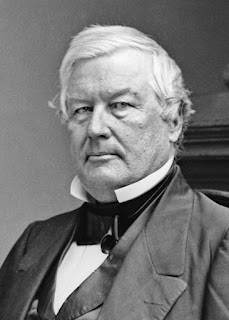How does a rich millennial spend his life? Pampered as a child, then passionately engulfed for a cause in his teenage years, then travels the world, before undergoing maturity on or during career, after which perhaps in old age have a more conservative view like all other generations.

.jpg)










.jpg)


.jpg)
.JPG)
